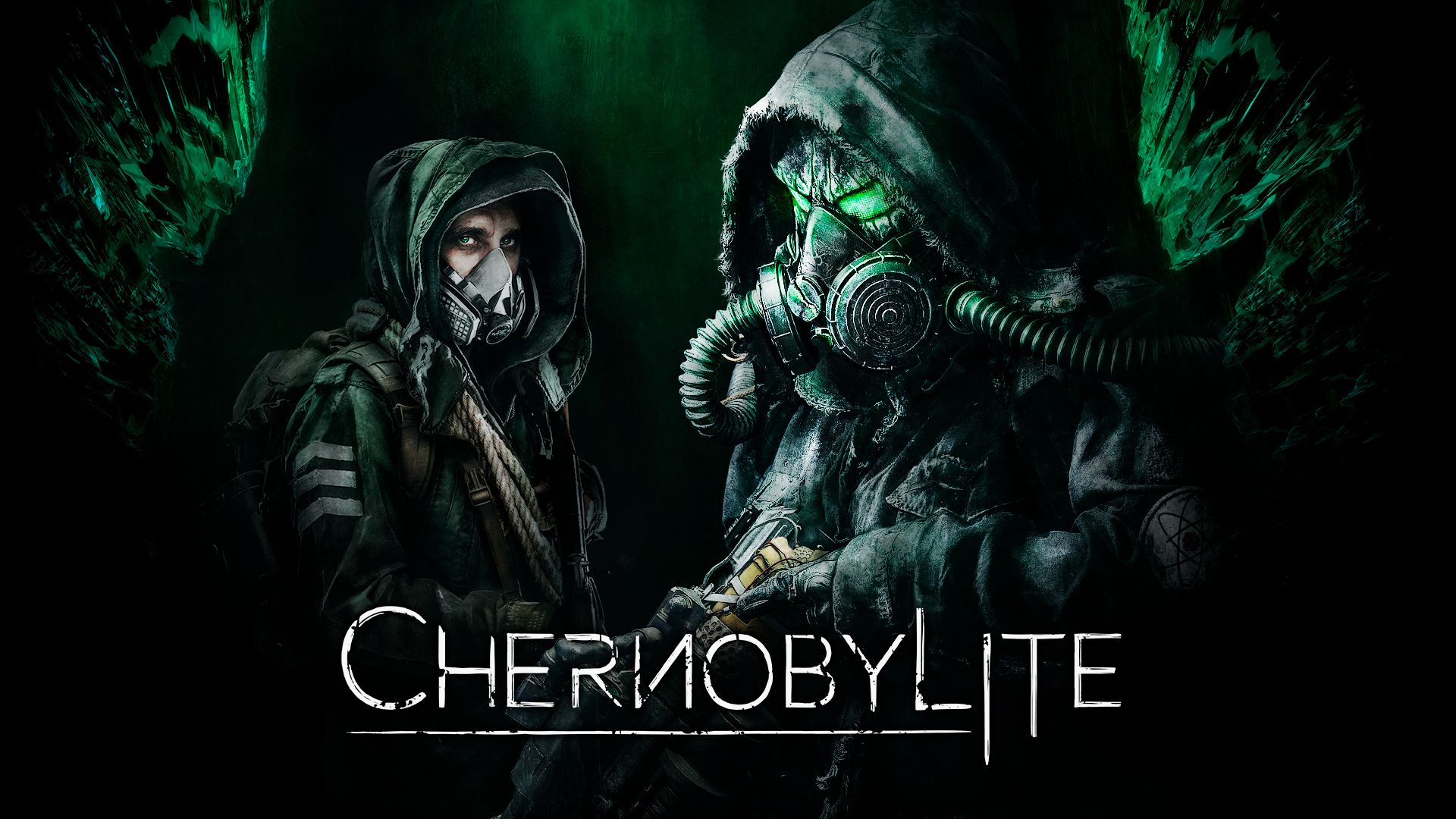Chernobylite
Developer: The Farm 51
Publisher: The Farm 51
Platform: PlayStation 4, Xbox One, Windows (Reviewed)
Release Date: 28 July 2021
Price: $29.99 USD/$43.95 AUD– Available Here
Video Review
Overview
Chernobylite is a tribute to the beloved open world horror FPS S.T.A.L.K.E.R. Our protagonist Igor returns to Chernobyl to investigate the disappearance of his wife Tatyana during the original disaster. Tatyana is haunting his dreams, and he is convinced she is alive. Igor’s quest will not be easy as Pripyat is now a radioactive disaster zone filled with horrifying monsters and a relentless military presence.
Story
The story in Chernobylite has an interesting premise that mixes elements of conspiracy, horror, and mystery. I really like the idea of each companion having their own story and relationship with Igor that changes depending on the player’s decisions.
Unfortunately, the game is crippled by poor writing. Characters are usually one dimensional, and the dialogue is bland. There are a few interesting characters roaming around, but often their schtick is taken too far. Tatyana’s dialogue also falls slightly short. While the writers are trying to depict an image of a loving wife, they go overboard with the romantic language to the point the love sounds insincere.
Gameplay
As an open world horror FPS with light RPG elements, Chernobylite is a love letter to S.T.A.L.K.E.R. Both games are set in the radioactive wasteland after the Chernobyl disaster, with scavengers, hostile military personnel, and supernatural creatures roaming the area. The developers have put their own twist by introducing companions, crafting, and base building mechanics.
The RPG mechanics in Chernobylite are light. Every action in the game awards experience points. It’s a good idea as it makes players less worried about doing specific tasks in game to farm experience and more focused on doing whatever it takes to survive. Every level provides a point to be spent on new skills taught by available companions. The skill tree isn’t overwhelming, but extensive enough that it improves all aspects of the game. Chernobylite strikes the right balance by keeping things very simple while providing enough skills to have meaningful impact.
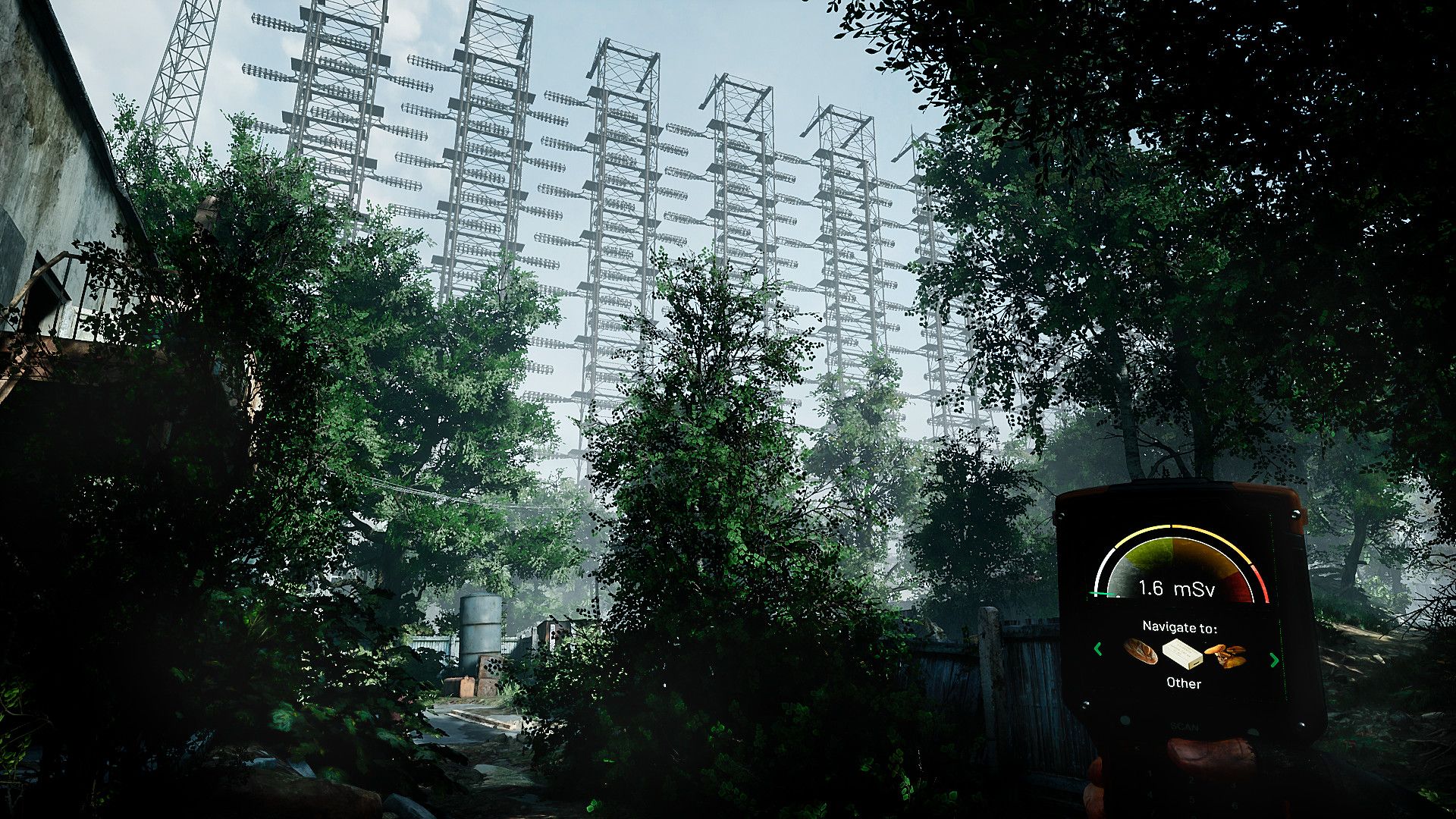
I am unimpressed by Chernobylite’s combat. The gun play is good. The real problem lies in the mediocre AI. Reactions are iffy at best when enemies are struck from long range. Sometimes enemies will continue patrolling their route, sometimes they will fight back. The AI is not responsive to the player’s position in combat. The AI will regularly plant themselves in one spot if the player quickly hides behind cover, and the AI will not bother to flush the player out of cover. The AI is only interested in chasing the player when the player is fully visible and on the run. A less severe, but equally annoying problem is the dodge mechanic. The implementation is useless. In gun fights, the dodge is pointless. When dealing with supernatural melee enemies, kiting the enemy by strafing in circles while unloading a shotgun is a more efficient tactic. At times, dodging is an actual impediment because it is possible to accidentally dodge at the wrong time. The current binding is either double tapping a movement key or press sprint and a direction to dodge. The double tap is passable enough for those used to it or have heavier keyboard switches. The sprint/dodge combination is miserable on the other hand as it feels unnatural. Having a third option to bind a separate key to trigger a dodge instead of coupling it with sprint would be a more reliable and safer option.
The companion system in Chernobylite is one of the game’s bright spots. As players progress through the main storyline, they will meet characters who may be convinced to join based on the player’s decisions. I like the mechanic as players will often be forced to make a decision to improve their relationship with an existing companion or risk losing the chance to recruit a new companion. The game also allows players to wind back time and change their decisions at the cost of currency. I like the idea of being able to take the sting out of wrong choices, but hardcore players who want their decisions to have more serious consequences will probably want to skip this all together. Another neat addition is the chance of a companion being captured during a mission, players have to get themselves captured so they can stage a jailbreak. It’s a really interesting mechanic that I haven’t encountered before.
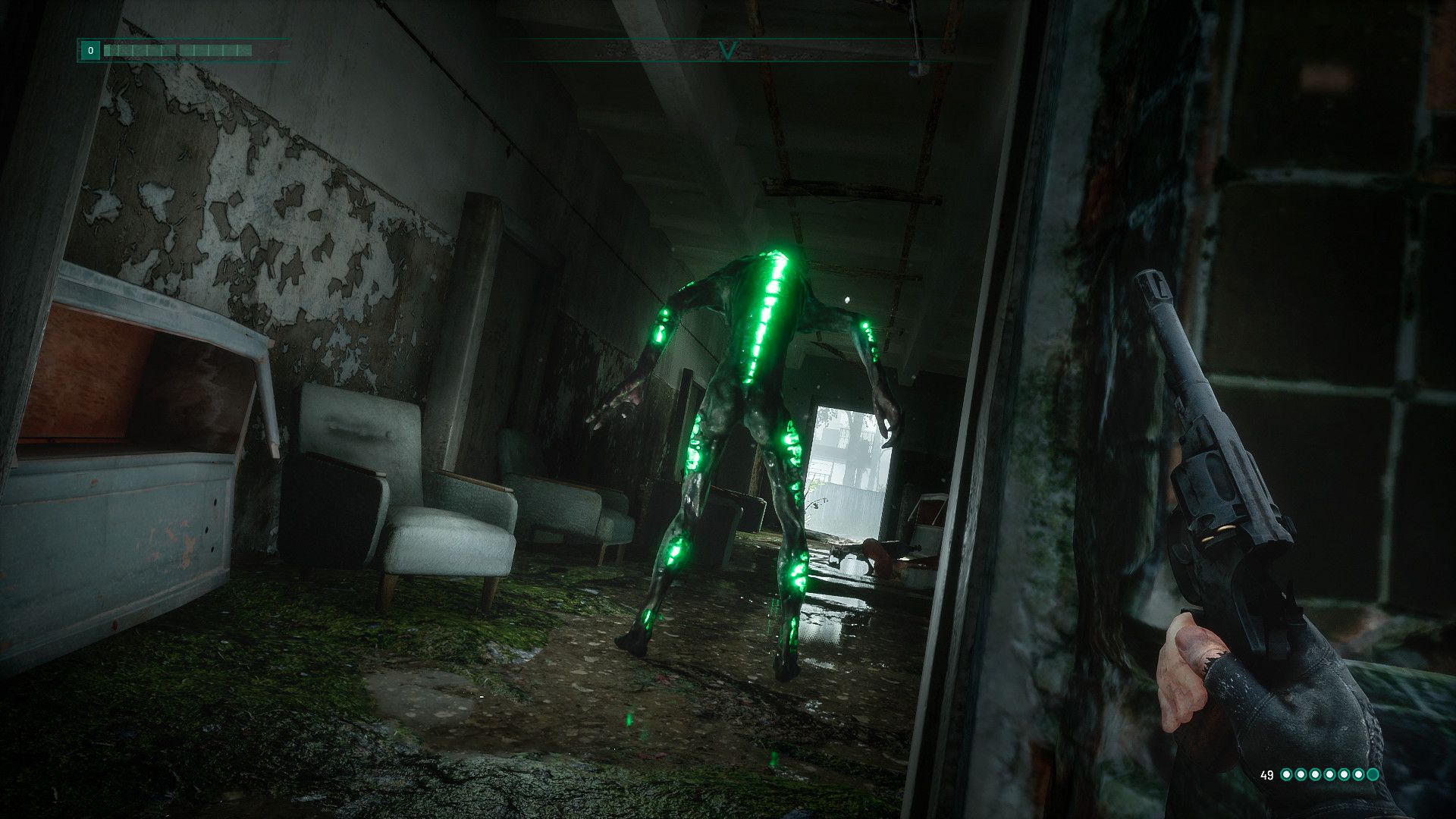
The map and mission design is passable, but it has its issues. There are only a handful of maps, and they are on the smaller end for an open world game. Players will visit the maps repeatedly, so it is nice to see enemy and environmental hazards change based on actions in previous missions like killing a lot of soldiers or putting up suppression systems the previous day. The mission design is grueling though, especially in the early game. While companions can be sent out each day to complete resource gathering missions or scout story missions to make the player’s attempt easier, the player will need to grind out a lot of gathering missions themselves in the early game to get enough materials keep up with the demands of crafting. The developers need to strike a better balance to lower the number of early runs to compensate for the high need for supplies.
The crafting and base building a necessary but bland experience. Players can expand their base between missions to meet the needs of the payer and their companions. The bulk of the crafting is done here as well, as field crafting tends to be limited to traps, suppressors, and quick in field workshops. The initial crafting and base building process is a rough grind in the early game as players struggle with desperate need to craft. Items for the base are expensive. Players need to craft equipment early in the game as equipment is rare in the field. I like the crafting system’s heavy use of mods to turn only four weapons platforms into the large variety of firearms that would normally be found in other shooters. It’s an ingenious twist that fits well with the game’s survival theme. On the other hand, the crafting system needs serious quality of life improvements. Players have to go from work bench to work bench to craft items, when it would be easier to just build the respective benches and then craft everything in one menu. Figuring out how much raw materials needed to bring into the field is also awkward as players need to go into the main menu, find the crafting recipes, go back into the game, and then pull out the needed materials. It would be better to have a button in the crafting recipe menu that automatically withdraws the required materials.
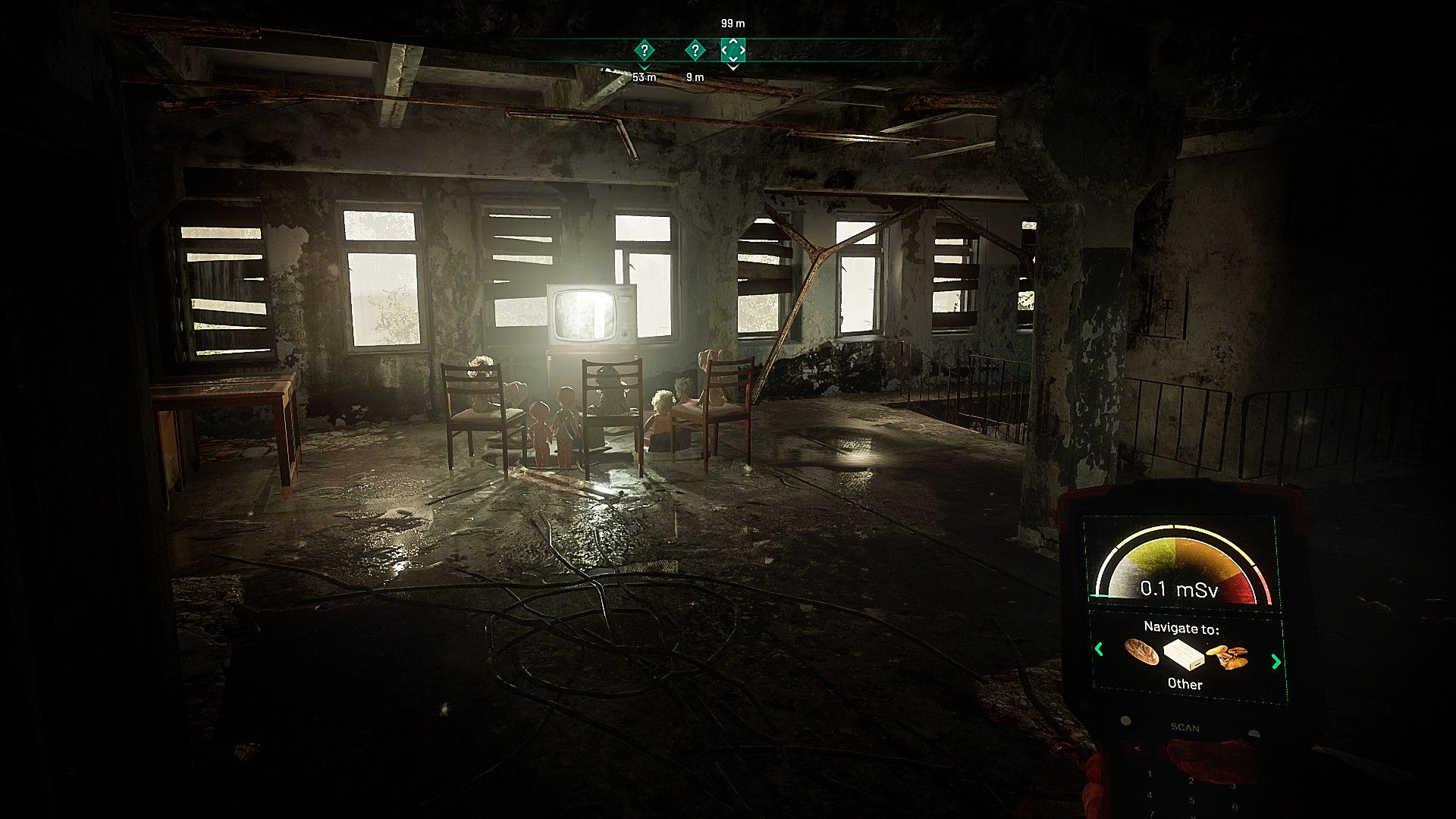
Visuals
The visual style is a bang on tribute to S.T.A.L.K.E.R. while putting its own acid green spin. The world is overgrown, with the remnants of old Soviet life scattered throughout the maps. The acid green does an excellent job of signalling dangerous enemies and contrasting the dark and grimy environment.
Audio
The audio experience is good. The sound effects and music pair together nicely to create some tense moments that leave players on the edge. The player is never sure if they will run into a jump scare. The voice acting has Russian and English options. While I can’t speak to the quality of the Russian voice acting, the English one is passable. The quality matches Chernobylite’s AA title status. The only issue is the English actor for Tatyana. The actor never seems to find the right pacing to compensate for the terrible lines. Instead, she seems to feed into the over-romantic dialogue and makes the situation worse.
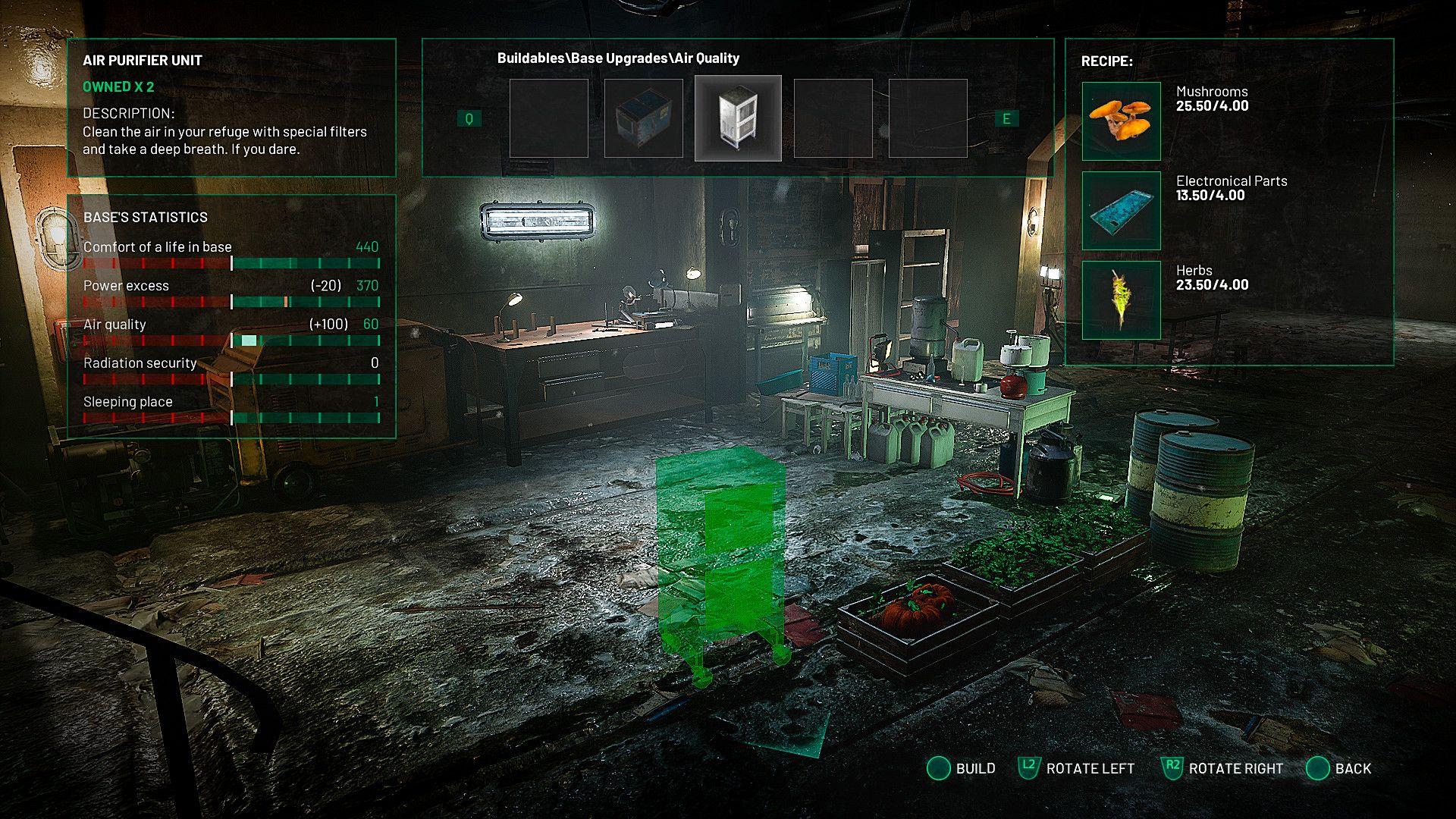
Overall
Chernobylite is without a doubt a tribute to S.T.A.L.K.E.R. but falls well short of the game it is attempting to emulate. The environment hit the right tones, and the companion system is excellent. Things begin to unwind from there. The dialogue is lacklustre. The combat is mediocre due to lousy AI. The crafting and mission system is a rough grind in the beginning of the game and could use some quality-of-life changes. While the developers had some great ideas to bring to the table, Chernobylite’s fails to be a proper spiritual successor to S.T.A.L.K.E.R.
Capsule Computers review guidelines can be found here.


